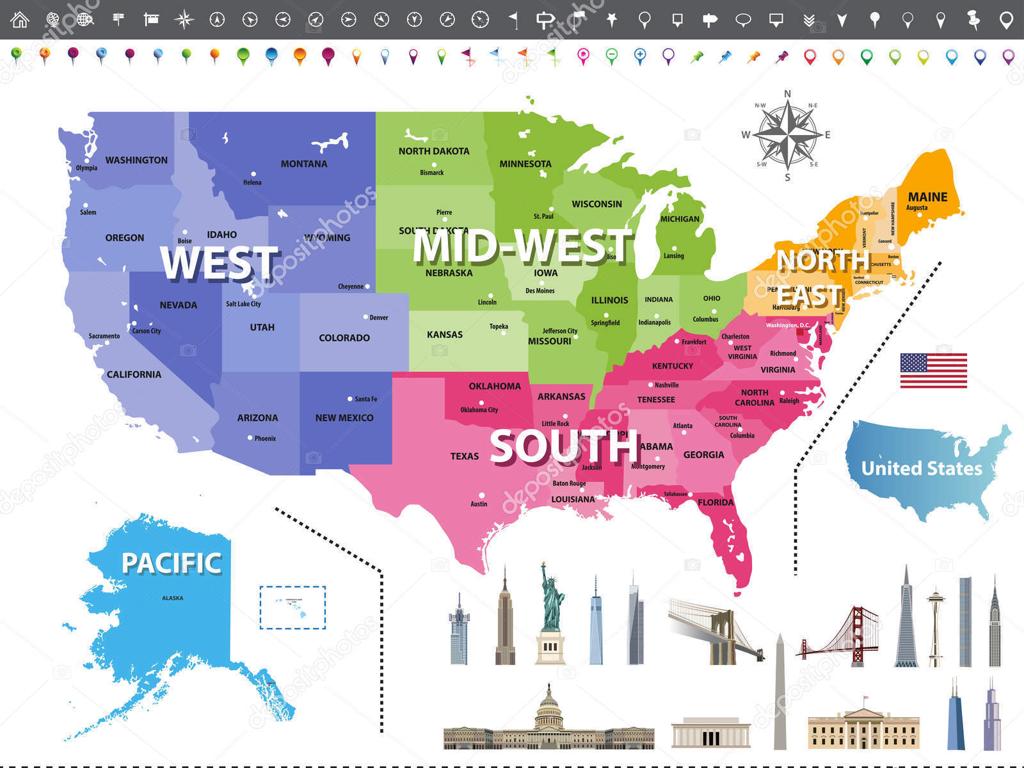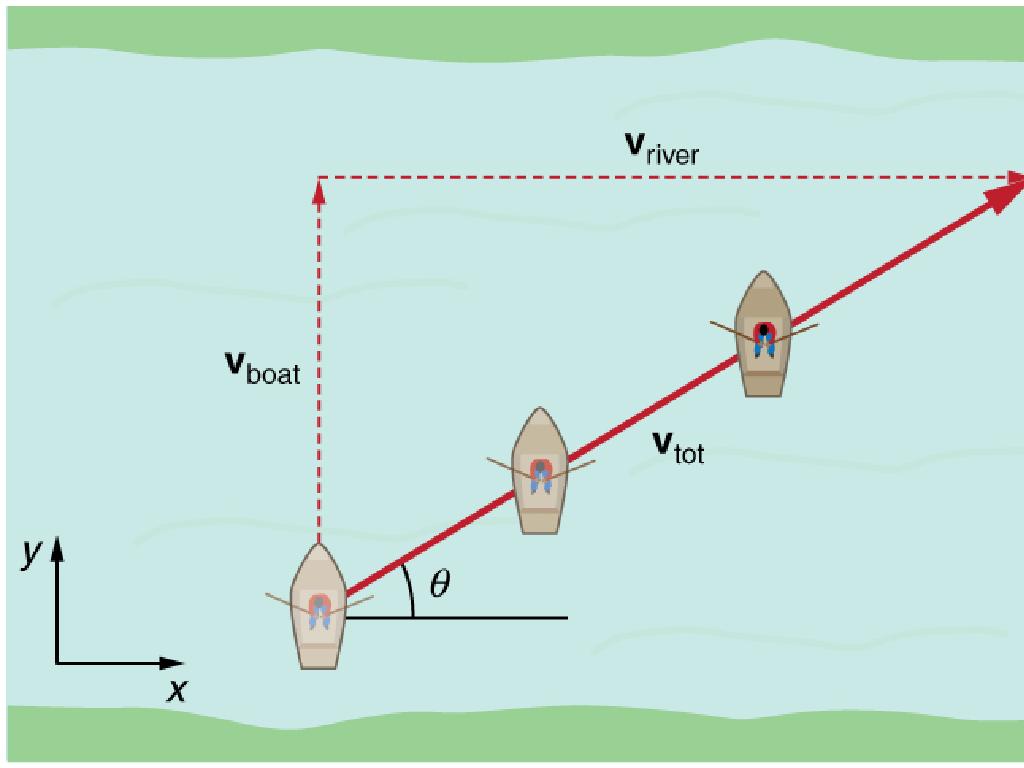Identify And Select Countries Of Africa: Region 2
Subject: Social studies
Grade: Eighth grade
Topic: Africa: Geography
Please LOG IN to download the presentation. Access is available to registered users only.
View More Content
Exploring Africa: Region 2 Geography
– Africa’s diverse geography
– Africa is not a country, but a continent with various landforms and climates.
– Geography’s role in development
– Geography influences economic activities, cultures, and development.
– Focus on Region 2 countries
– Region 2 includes East African countries like Kenya, Tanzania, and Uganda.
– Significance of learning this region
|
This slide introduces students to the vast and diverse continent of Africa, emphasizing that it’s made up of many countries with distinct geographical features. Highlight how geography has played a crucial role in shaping the development of African nations, affecting everything from trade to cultural practices. Today’s lesson will focus on the countries of Africa’s Region 2, which is primarily in East Africa. Understanding this region is important as it is home to significant historical sites, diverse wildlife, and unique cultural heritage. Encourage students to think about how geography can impact their daily lives and the development of a region.
Exploring Africa: Region 2
– Overview of Africa’s regions
– Zoom in on Region 2
– Region 2’s location and key features
– Significance of Region 2
– Discuss its role in Africa’s economy, culture, and politics
– Geographical diversity
– Explore deserts, rainforests, and urban areas within Region 2
|
Begin with a quick review of all the African regions to provide context, then narrow the focus to Region 2. Highlight its location, perhaps by referencing a map, and discuss why this region is significant in terms of historical, cultural, and economic aspects. Delve into the geographical diversity, pointing out the variety of landscapes and climates found within Region 2, from deserts to rainforests, and how these influence the way of life. Encourage students to think about how geography can impact development, trade, and culture. This slide aims to give students a clear understanding of Region 2’s place within the continent of Africa and its importance on both a continental and global scale.
Exploring Africa: Region 2 Countries
– List Region 2 countries
– Nigeria, Niger, Chad, and more
– Capitals and key features
– Abuja, Niamey, N’Djamena; features like Lake Chad
– Cultural diversity
– Rich traditions, music, art across countries
– Linguistic variety
– Over 500 languages in Nigeria alone
|
This slide aims to introduce students to the countries of Africa’s Region 2, focusing on their capitals, major geographical features, and the cultural and linguistic diversity that characterizes the region. Highlight Nigeria as a key example due to its significant cultural and linguistic diversity, with over 500 languages spoken. Discuss the importance of geographical features such as Lake Chad, which is an economic and environmental focal point for countries like Chad, Nigeria, and Niger. Encourage students to explore the unique cultural aspects of each country, such as traditional music and art. This will help students appreciate the complexity and richness of African geography and societies.
Physical Geography of Africa: Region 2
– Major rivers, mountains, deserts
– Explore the Nile, other rivers, key mountains, vast deserts
– Impact on life in Region 2
– How geography influences culture, economy, and daily life
– The Nile River’s significance
– The Nile: supports agriculture, trade, and ancient civilizations
– Sahara Desert and Atlas Mountains
– Sahara: world’s largest hot desert; Atlas: Africa’s mountain range
|
This slide aims to introduce students to the major physical features of Africa’s Region 2, including rivers, mountains, and deserts, and their profound impact on the region’s development. Emphasize the importance of the Nile River as a source of sustenance and a cradle of civilization, the Sahara Desert as a defining climatic challenge, and the Atlas Mountains as a geographic landmark. Discuss how these features have shaped the cultures, economies, and daily lives of the people in Region 2. Provide examples of how these geographical features have influenced historical events and current affairs in the region. Encourage students to think about the interplay between geography and human activity and to consider similar relationships in their own environments.
Climate and Vegetation in Africa: Region 2
– Explore Region 2’s climate zones
– Region 2 features diverse climates, from arid deserts to lush rainforests.
– Vegetation’s impact on human life
– Vegetation varies with climate, influencing settlement, farming, and trade.
– Case study: Climate and agriculture
– Examining how farmers in Region 2 adapt to their climate for crop production.
– Discuss adaptation strategies
– Strategies include irrigation, crop rotation, and drought-resistant crops.
|
This slide aims to provide students with an understanding of the different climate zones within Africa’s Region 2 and how these climates affect vegetation and human activities, particularly agriculture. Students should learn that climate zones range from dry deserts to wetter areas, which in turn influences the type of vegetation that can grow and the types of human activities that can take place. The case study on agriculture will give a concrete example of how climate can dictate agricultural practices. Encourage students to think critically about how people must adapt to their environment to thrive. Discuss adaptation strategies that are used in agriculture to cope with different climatic conditions.
Economic Activities in Africa: Region 2
– Main economic activities
– Agriculture, mining, and tourism are prevalent
– Geography’s impact on economy
– Terrain and climate influence the type of activities
– Economic diversity in Region 2
– From oil-rich nations to agrarian societies
|
This slide aims to explore the various economic activities that dominate Africa’s Region 2. Students should understand how the geography of a place shapes its economic pursuits. For instance, countries with fertile land may focus on agriculture, while those with mineral resources may have mining as a key sector. Emphasize the diversity within the region, with some countries relying heavily on natural resources like oil, whereas others may depend on agriculture or tourism. Encourage students to think about how these economic activities can affect the region’s development and standard of living. Provide examples such as Nigeria’s oil production contrasted with Kenya’s agricultural exports.
Cultural Highlights of Africa: Region 2
– Unique cultural aspects of Region 2
– Explore music, art, and social customs unique to Region 2
– Geography’s influence on culture
– How mountains, rivers, and climate shape daily life and cultural practices
– Traditions and languages
– Discuss diversity in traditions and languages across different countries
– Historical facts of interest
– Learn about key historical events that have shaped the region
|
This slide aims to give students a glimpse into the rich cultural tapestry of Africa’s Region 2. Highlight the unique cultural aspects such as music, art, and social customs that are endemic to this region. Explain how the geography of the area, including its mountains, rivers, and climate, has a direct impact on the culture and daily lives of the people. Share interesting facts about the various traditions, languages, and historical events that have shaped the identity of Region 2. Encourage students to think critically about how the environment influences cultural development and to appreciate the diversity within African cultures.
Class Activity: Mapping Africa’s Region 2
– Label countries and capitals on map
– Identify major geographical features
– Locate and label features like rivers, mountains, and deserts
– Discuss feature significance
– Why is each feature important to the region?
– Collaborate and discuss in pairs
– Share ideas and learn from each other
|
This activity is designed to help students actively engage with the geography of Africa’s Region 2. Provide each pair with a blank map and a list of countries, capitals, and major geographical features such as the Congo River, Mount Kilimanjaro, and the Sahara Desert. Encourage them to discuss why these features are significant, considering aspects like history, culture, and the environment. This will not only help in memorizing the locations but also in understanding the role of geography in the development of a region. Possible variations of the activity could include focusing on different aspects like climate zones, natural resources, or population distribution for different pairs, to encourage a broader discussion afterwards when sharing with the class.
Reflection on Africa’s Region 2 Geography
– Review of Region 2’s geography
– Open Q&A session
– Discuss geography’s role in development
– How does geography influence economy, culture, and politics?
– Share personal insights
– Encourage students to relate geography to current events or historical contexts
|
This slide is aimed at consolidating the students’ knowledge of Africa’s Region 2 geography and fostering a deeper understanding of its significance. Begin with a brief recap of the key geographical features and countries within Region 2. Open the floor to questions, allowing students to clarify any doubts. Guide the discussion towards the impact of geography on Africa’s development, touching on aspects such as natural resources, trade, and cultural exchange. Encourage students to share their thoughts and insights, possibly drawing connections to global issues or historical events that have shaped the region. This reflective exercise will help students appreciate the interconnectedness of geography and societal development.
Homework: Geography’s Impact on Life in Africa’s Region 2
– Research a Region 2 country
– Choose one from countries like Zambia, Angola, or Malawi
– Explore geography’s role in daily life
– How does the landscape influence food, housing, or transportation?
– Include cultural insights
– Share traditions, languages, or arts linked to geographical features
– Discuss economy and physical geography
– Relate geographical features to industries, agriculture, and trade
|
Students are tasked with investigating how geography shapes the cultural, economic, and physical aspects of a country in Africa’s Region 2. They should look into how the country’s mountains, rivers, climate, and natural resources affect the way people live, their traditions, and their livelihoods. This assignment will help students understand the interconnectedness of geography and human activity. Encourage them to use various sources for their research, including books, reputable online databases, and documentaries. The goal is for students to gain a deeper appreciation of the diversity within Africa and the unique characteristics of different regions.






